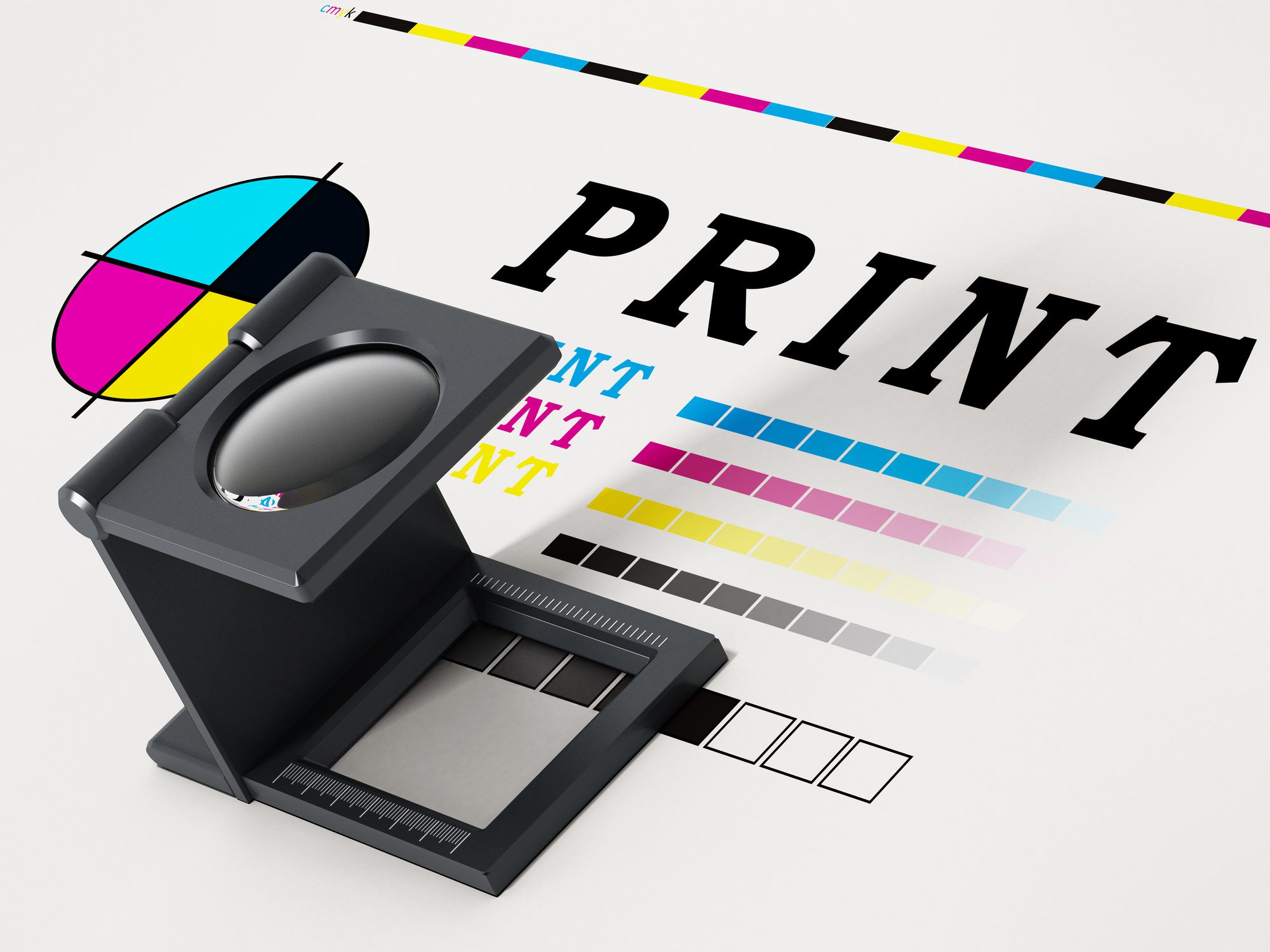Understanding Just How Digital Printing Reinvents the Printing Sector
The printing industry, long soaked in typical methods, is undertaking a radical change with the advent of electronic printing. This cutting-edge modern technology, which shuns the requirement for printing plates, enables fast manufacturing and personalization, reshaping the landscape of print interaction. With its prospective to stimulate engagement through personalized material and to use lasting solutions, it's clear that digital printing is more than a technological innovation; it's a pivotal game changer. But just how specifically does it reinvent the industry? Allow's check out.
The Evolution of Digital Printing: A Brief Review
Since its inception, digital printing has actually undertaken significant changes, consistently reinventing the printing sector. Its development started with the development of xerography in the mid-20th century, a process which prepared for printer. With the development of the 90s, electronic printing modern technology began to grow, and the market witnessed the intro of straight imaging presses, which got rid of the requirement for printing plates. As the new millennium unravelled, advancements in modern technology further spurred the growth of electronic printing, leading to the development of high-speed inkjet printers. These tools provided superior high quality and speed, permanently altering the landscape of the market. Today, digital printing stands as a testament to human technology, continually advancing to satisfy the ever-changing needs of the modern world.

Unpacking the Technology Behind Digital Printing
Delving right into the intricacies of electronic printing innovation, one runs into a rich tapestry of innovative machinery and complex algorithms. At the heart of this process exists a digital image, which is refined by software application that divides it right into a grid of dots. This intricate system, strengthened by advanced software program and high-resolution imaging, has actually changed the landscape of the printing sector, paving the means for unmatched degrees of detail and precision.

The Benefits of Digital Printing for Companies
Understanding the innovation behind electronic printing provides a clear image of its accuracy and information. For businesses, this translates right into countless benefits. Digital printing offers unmatched speed, making it possible for companies to satisfy limited deadlines without jeopardizing on top quality. Next off, it minimizes costs as there are no plates or physical arrangement, making it excellent for small-volume printing jobs. Furthermore, this innovation offers superior consistency with each print output, getting rid of variations often seen in traditional techniques. Electronic printing is ecologically pleasant, using much less ink and creating less waste. The full possibility of digital printing is understood when used for modification and personalization, a topic that will certainly be covered in deepness in the following section.
The Function of Digital Printing in Modification and Personalization
While traditional printing techniques have problem with modification and personalization, electronic printing excels in these areas. It permits the very easy alteration of layouts, without the requirement for pricey and time-consuming additional reading plate changes (print on demand). This enables businesses to customize products to individual customers, meeting details demands and enhancing customer contentment
Digital printing likewise enables variable information printing, where components such as message, graphics, and photos might be altered from one printed item to the following, without slowing down the printing process. Your Domain Name This is particularly useful for straight advertising projects, where individualized messaging can substantially improve action rates. This way, electronic printing not just reinvents the printing sector but additionally changes the way organizations communicate with their consumers.
Evaluating the Ecological Effect of Digital Printing
Although electronic printing has actually been lauded for its role in personalization and customization, it is critical to analyze its ecological impact. Digital printing can be much less wasteful than typical techniques, since it runs on a 'print on need' basis, removing the need for big print runs that can result in surplus and waste. While electronic printing has lots of advantages, its ecological influence should be conscientiously handled.
Conclusion
Finally, electronic printing has transformed the printing industry, using quick, affordable, and top notch remedies. It promotes modification, improving consumer engagement, and uses a sustainable print-on-demand design. As this technology continues to this develop, its influence on organization communication, customer contentment, and ecological sustainability comes to be significantly extensive. Understanding these changes is crucial for businesses to leverage the advantages of electronic printing effectively.